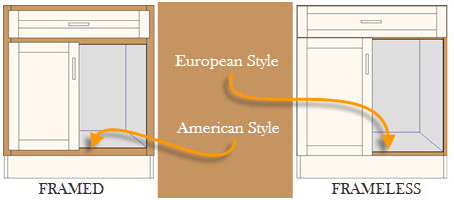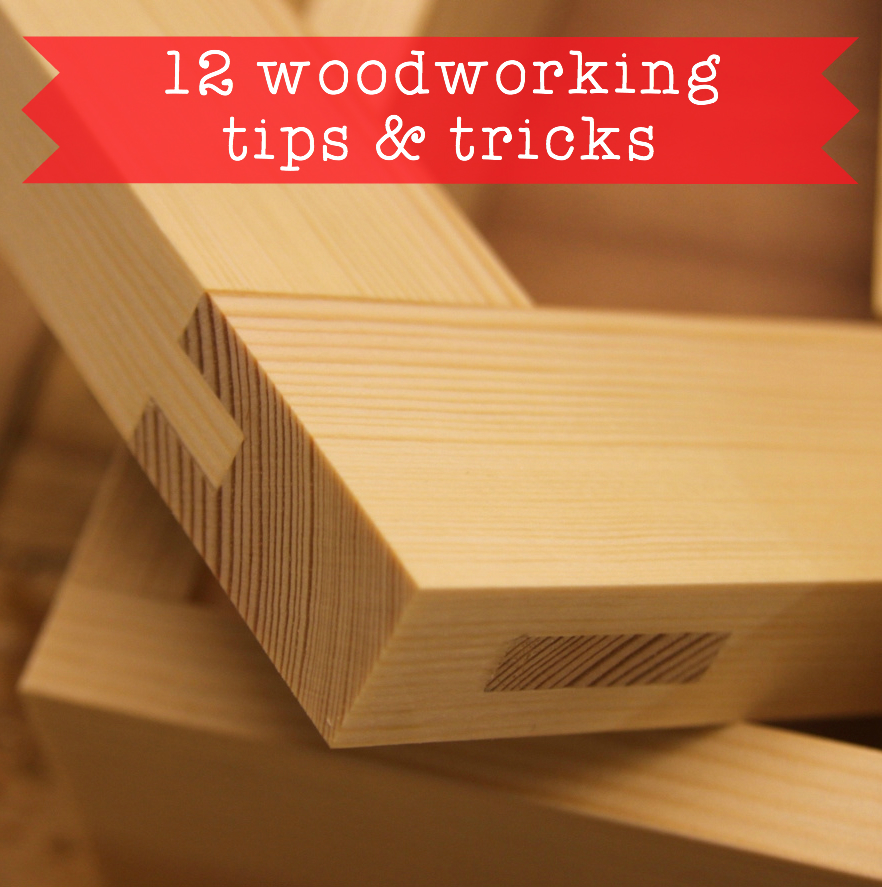
Many woodworkers want to know how to create perfect mitre joins. This article will cover several methods of creating them. We'll then discuss how you can achieve perfect 45-degree angles. We'll also show you how to fix mitre joints that have already been glued. Continue reading to learn more.
Gluing mitre joints
Following these tips makes gluing mitre corners easy. Preparing the mitered corners is essential before you start gluing. It is essential to align the miter edges if you glue wood pieces that are likely to fall apart. You can then apply wood adhesive on the mitred corners after assembling the mitre joints. To remove any adhesive left behind, wipe the excess with a damp towel.

Closing the miter gap
There are many methods to close a miter in woodworking projects. You can close the gap by using a round object, such as a screwdriver shank and nail-set cone. Then, you can use sandpaper to give the paint a toothy finish. A knife is an alternative to a more expensive rounded tool.
Create a hidden spline
You can create hidden spline mitre joints by creating a spline that is flush with the mitered edge. Cut a slot in the heel area of the mitered faces to create this. The slot should measure approximately half to one-third of the workpiece's thickness. This will increase the length and strength of the spline. You should also remember to plane the stock of the spline before inserting it into your mitre joint.
Perfect 45-degree angles
Getting perfect 45-degree angles at miter joints is not difficult to accomplish, but it can be tricky when the pieces are not exactly 90 degrees. There are two possible reasons. The first reason is that the pieces could be too long. The second problem is that the blade could not be perpendicular on the cut surface. This creates compound angles. It is essential to accurately scribe angles in either case.

DOMINO wood jointing technology
Domino wood jointing systems are great for miter joints. This jointing system has all the qualities of a biscuit dowel and a round dowel. It has the strength to secure the pieces in place and can easily be cut and shaped to meet the exact dimensions. In a short time, you can make mitered panel joints using the DOMINO wood jointing system.
FAQ
What is the main difference between plywood or particle board?
Plywood can be described as a mixture of layers and wood that have been pressed together with pressure. Plywood can come in many thicknesses and is used for flooring and cabinets. Particle board consists of sawdust mixed and resin. The resin is then compressed into large blocks. It's commonly used for home improvement projects. Both types are sturdy and easy to cut.
Where to buy Hardwood Lumber
You can buy hardwood lumber at Home Depot. You will find a range of wood products available at Home Depot.
A large variety of engineered hardwoods is available to them, including Ipe (Araucaria Angustifolia), Brazilian Cherry and Peau d'Arco.
These woods can be found online by searching for "hardwood lumber" in Google.
How can I keep my shop organised?
First, make sure you have a designated space for tools storage. Your tools will stay sharp and ready to go when they are free from dust and debris. Use pegboard hooks to hang tools and accessories.
What wooden items sell well?
The most successful wooden items are made from sustainable wood.
Oak, cherry and mahogany are the most sought-after wood types for furniture.
These woods are extremely strong but also have beautiful colors and grain patterns. They also last for many years if cared for properly.
Wooden furniture should always be painted first to protect against moisture damage. This applies to all surfaces, even drawers and doors.
A paint that resists water is the best choice to ensure that furniture lasts a long time.
Followed by two coats, you should apply a quality oil-based primer. It is possible to apply multiple coats depending on how heavy the wear.
Spray cans or aerosol paints should be avoided. These products have solvents that evaporate quickly, leaving behind dangerous fumes.
What's the difference?
Hobbyists enjoy creating things out of wood. Professionals tend to focus on the quality. Hobbyists are proud of their creations and will often share them with family members and friends. Professionals spend hours researching design ideas before starting to work on a project. They will pay attention to every detail, from selecting the best materials to finishing the project perfectly.
Statistics
- Most woodworkers agree that lumber moisture needs to be under 10% for building furniture. (woodandshop.com)
- If your lumber isn't as dry as you would like when you purchase it (over 22% in Glen Huey's opinion…probably over 10-15% in my opinion), then it's a good idea to let it acclimate to your workshop for a couple of weeks. (woodandshop.com)
- Average lumber prices rose about 600 percent between April 2020 and May 2021. (familyhandyman.com)
- The U.S. Bureau of Labor Statistics (BLS) estimates that the number of jobs for woodworkers will decline by 4% between 2019 and 2029. (indeed.com)
External Links
How To
How to stain wooden surfaces
Stain wood is a process that involves applying chemicals to the surface of wood, which changes its color. This chemical reaction causes wood to turn from whiteish to brownish. Oak is the most commonly used wood for staining, but other woods can also be stained.
You can apply wood stains in many different ways. Some methods involve mixing the stain with a solvent (such as turpentine) and then brushing or spraying the mixture onto the wood. Another method involves applying a solution of water to the wood. Stains can also be mixed into paints and varnishes, becoming part of the finish coating.
The first step in staining wood is preparing the surface. The wood must be thoroughly cleaned to remove all grease and dirt. Sanding smoothens scratches and rough spots. You must then decide on the type of stain that you wish to use. There are two types of stains that can be used: penetrating and non-penetrating. Penetrating colors penetrate deeper into wood than those that are non-penetrating. This makes them more suitable for darker colors, such as mahogany. Light colors such as maple work well with non-penetrating stain.
Once you have decided on the stain type that you want, get your tools ready. Because you can spread the stain evenly with a paintbrush, it is ideal for applying them. You should also have some handy rags to wipe up excess stains after you finish painting. If you plan to mix the stain yourself, make sure you have enough containers available to hold the different components of the mixture.
After you have prepared the materials, you can clean the area where you want to stain the wood. To remove dirt and dust, use warm water and soap. Wipe the entire piece of furniture with a rag dampened with clean water. Make sure you eliminate any loose debris, especially if you plan to stain darker wood.
Next, apply the stain. Begin at one end and spray or brush the stain on the wood. Move slowly and carefully along the grain of your wood until you reach its opposite end. Be careful not to let the stain drip off the wood's edge. Before you proceed with the next steps, let the stain dry completely.
Apply a clear polyurethane sealant to protect the painted surface. Three coats of polyurethane sealing agent are required. Allow the third coat to dry overnight, before sanding.